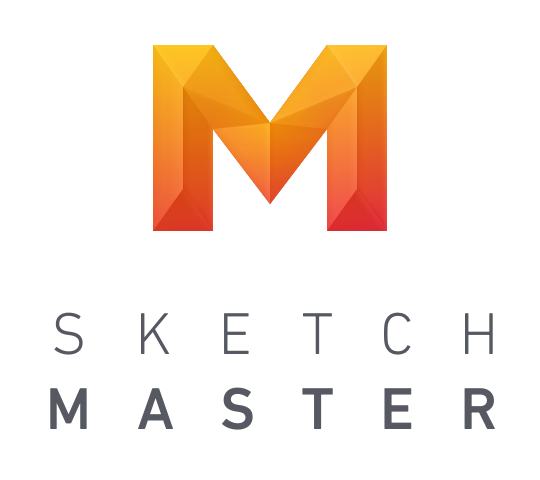What’s New in the 2018 Edition of Getting Started with Sketch
We’re excited to announce the 2018 edition of Getting Started with Sketch—a comprehensive rewrite and rerecording of the original course.
In addition to being up to date with the latest features in Sketch (currently version 51), the new course includes hundreds of improvements based on student feedback. We’ve made new templates to streamline your design workflow, covered both iOS and Android solutions, and added even more design tips and tricks. The new course is 20% longer—almost 2 hours!
All students who previously purchased this course have already received the update for free. To those students, we especially recommend watching the new video Symbols & Home Screen Previews.
A 2018 edition of the course User Experience Design in Sketch is already in development. It includes exciting new workflows that harness Sketch’s libraries and prototyping features, and even some features that haven’t been announced yet!
Below are the most notable improvements in the 2018 edition of Getting Started with Sketch:
Big Improvements
A critical part of designing app icons is seeing them in the context of a home screen. To do this, previously the course relied on Prepo—a 3rd party iOS-only app, which cost $6.99. Now, the course includes an innovative Sketch template that allows an app icon to be previewed inside various mockups—for both iOS and Android (see the all-new Section 8).
We’ve got Android designers covered now too. The updated curriculum includes projects, tools, workflows, and resources for both Android and iOS.
Project files include both iOS and Android app icons (for both Adaptive and Legacy icon standards).
Videos cover Android “live device preview” solutions (alternatives to Sketch Mirror).
Equivalent Android workflows and tips. When workflows are different between Android and iOS, the videos cover both.
Custom templates for app icon shapes and home screen previews include Android assets alongside the iOS ones.
Resource sections include additional links that are relevant to Android app icons (and even more are coming soon).
Many videos now explain the reasoning behind abstract design decisions. For example, the new More Advanced Visual Design section covers recommends a workflow for achieving pleasant colors and gradients.
A new section has been added at the end of the course, called “Next Steps,” which recommends other courses and free articles to learn next. It also includes a new app icon project for students who want to continue practicing what they’ve learned. A Sketch file of the finished project is provided.
All videos now include chapter markers on the video player’s timeline. These chapter markers make it easy to skip to a specific part of a video.
Smaller Improvements
Better and longer explanation about pixel perfection, featuring custom animations and clearer examples (Section 10).
Better explanation of how app icons need to be adapted for different platforms, OS versions, and pixel densities. With a new custom animation sequence, this now takes up the first few minutes of Section 10.
A brief explanation of Symbols, in order to understand how to use the new App Icon Home Screen Template (Section 8). Symbols remain a deeper focus of the next course—User Experience Design in Sketch.
Export overview covers the basics of Slices, to assist in the workflow for Android Adaptive icons (Section 5).
Export overview covers WebP file format (Section 5).
Improved workflow when combining vector shapes on the camera icon. Now it relies on the Flatten function, but with a unique workaround. The previous workflow occasionally caused Sketch to improperly render the camera icon’s sub-shapes.
Better explanation of the 2 Distribute shortcuts at the top of the inspector, featuring a custom animation and mentioning Sketch’s new warning about uneven vs. sub-pixel positioning (Section 9).
Better explanation of the difference between the Scale function and resizing layers, featuring a custom animation (Section 10).
Inclusion (in the final project file) of a version of the camera app icon at iOS’s 20×20 notification size. With this example, students interested in icon design can observe how icons need to change at super small sizes.
Better explanation of how to use gradients to simulate lighting on curved objects, with a custom animation (Section 9).
The videos now show an animated preview of important resources, rather than simply referring to them in speech.
Apps running on a mobile device (such as Sketch Mirror) now appear as an overlay on top of the Mac’s screen recording.
Improved speed and pacing throughout all videos—slowing down in complicated parts, and speeding up in repetitive, obvious parts.
Plus over a hundred other small improvements to the curriculum, videos, projects, cheat sheets and resources—much of it based on student feedback. Thank you, students!


